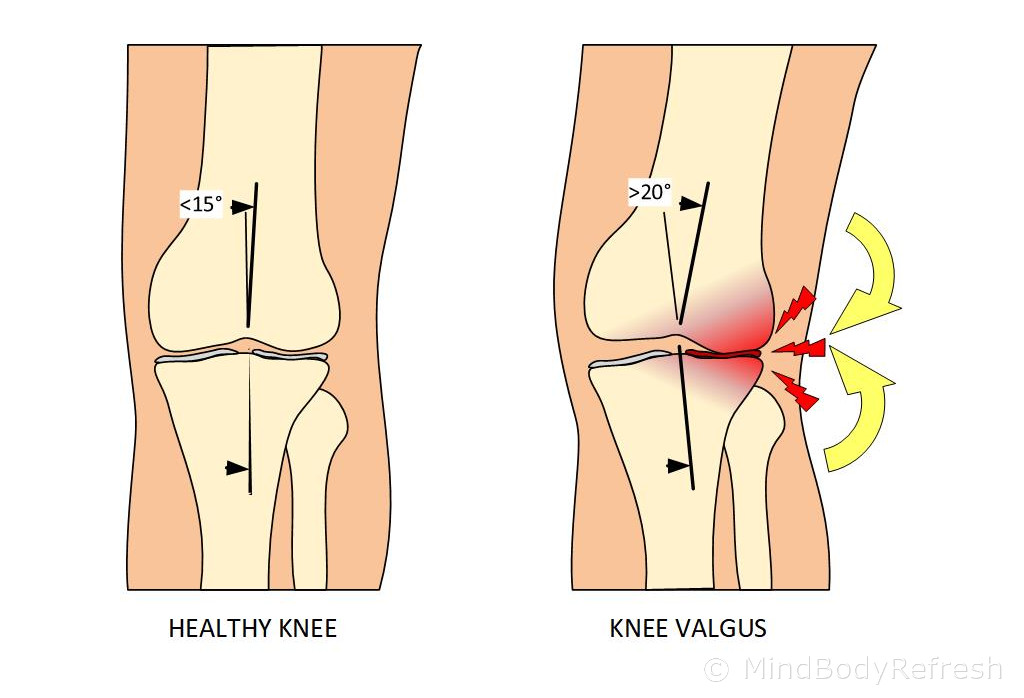Why do Corrective Exercise?
As we age, many of us begin to notice aches and pains which we rarely (or perhaps never) experienced when we were younger. Some of these can be annoying chronic pains, or pains that afflict us after certain strenuous and/or repetitive activities. For example, knee joint pain after an hour of singles Tennis, or maybe severe shoulder pain after trying to pump out too much on the Shoulder Military Press with poor form at the gym. Sometimes, chronic conditions develop due to long term poor posture and biomechanics, e.g. rounded shoulders and slouching, or excessively externally or internally rotated legs, etc. In many cases, doctors are too quick to prescribe drugs, or even worse, surgery to “fix” these issues — as was my experience in my late-30s.
Corrective Exercise offers a natural alternative to healing the body and/or preventing injury or pain. When I injured my shoulder in the gym using poor form, I had severe pain and tightness in my neck and upper back for several weeks. I probably also had a pinched nerve as I also experienced tingling down my arm from the injured shoulder. A chiropractor told me my spine was a mess and I might need surgery. At this point, a friend at work referred me to her Sports Therapist, and he assessed my condition and range of motion and instantly knew what I likely did to cause the injury — it was a hyperextension of my shoulder when doing the Shoulder Military Press push-off. He scoffed at the suggestion that I might need surgery. Instead, he performed some muscle release work on me, showed me some stretches and exercises to perform, and in less than a week I felt back to normal!
What is Corrective Exercise & how does it work?
Corrective Exercise is a system of exercise and therapy aimed at correcting muscle imbalances in your body that may be causing poor movement mechanics or posture that can lead to chronic pain, tightness, loss of mobility, injury and other undesirable short or long term effects.
When you have significant muscle imbalances around a joint (e.g. knee joint), it can manifest itself by pulling your joint out of proper alignment. For example, if you have a very tight inner thigh muscle pulling your knee inward and a relatively weak set of outside thigh muscles unable to keep your knee aligned, you may experience a condition known as “knee valgus” (where your knee angles or collapses inward).

A healthy knee is aligned such that contact forces between the bones are pretty evenly distributed. In a person with Knee Valgus, there is an extreme angle in the joint that can cause a lot of pressure on a small area where your bones meet. This in turn can lead to inflammation around the joint from all the friction and excessive wear on the cartilage over the long term.
Corrective Exercise can be used to correct the muscle imbalances that, if unchecked, can often lead to injury, chronic pain or irreversible damage to joints. The basic approach to Corrective Exercise involves the following:
- Release tight muscles (that are pulling too much)
- Lengthen muscles that are in a shortened state
- Strengthen opposing muscle that are relatively weak
How might Corrective Exercise help improve your Quality of Life
If you might be able to resolve chronic pain, prevent chronic pain, minimize risk of injury, recover faster from injury, and perform better at daily activities or sports…that would be an opportunity for a better Quality of Life. You do have to commit to a fitness program that includes Corrective Exercises at least a few times a week to see the benefits, but surely that’s a better approach than taking supposed “quick fix” pain medication or undergoing surgery which might not work, could have unintended side effects, and probably doesn’t address the root cause of the problem(s).
Examples of conditions which could be successfully addressed with a well-designed Corrective Exercise Program include:
- Stiff neck
- Upper back tightness or pain (especially related to Forward Head, Upper Cross Syndrome, or Hunchback/Thoriacic Hyperkyphosis) 1 2
- Shoulder pain (e.g. Shoulder Impingement, Bursitis, Frozen Shoulder)
- Lower back pain
- Hip pain (e.g. Sciatica)
- Knee pain (e.g. Runner’s Knee, Jumper’s Knee, etc.)
- Foot pain (e.g. Plantar Fasciitis)
- Elbow pain (e.g. Tennis Elbow, Golfer’s Elbow)
- General stiffness and/or lack of mobility
References
- Effects of an 8-week selective corrective exercises program on electromyography activity of scapular and neck muscles in persons with upper crossed syndrome: Randomized controlled trial https://pubmed.ncbi.nlm.nih.gov/30928841/
- Effects of Corrective Exercise for Thoracic Hyperkyphosis on Posture, Balance, and Well-Being in Older Women: A Double-Blind, Group-Matched Design: https://journals.lww.com/jgpt/Fulltext/2019/07000/Effects_of_Corrective_Exercise_for_Thoracic.15.aspx

